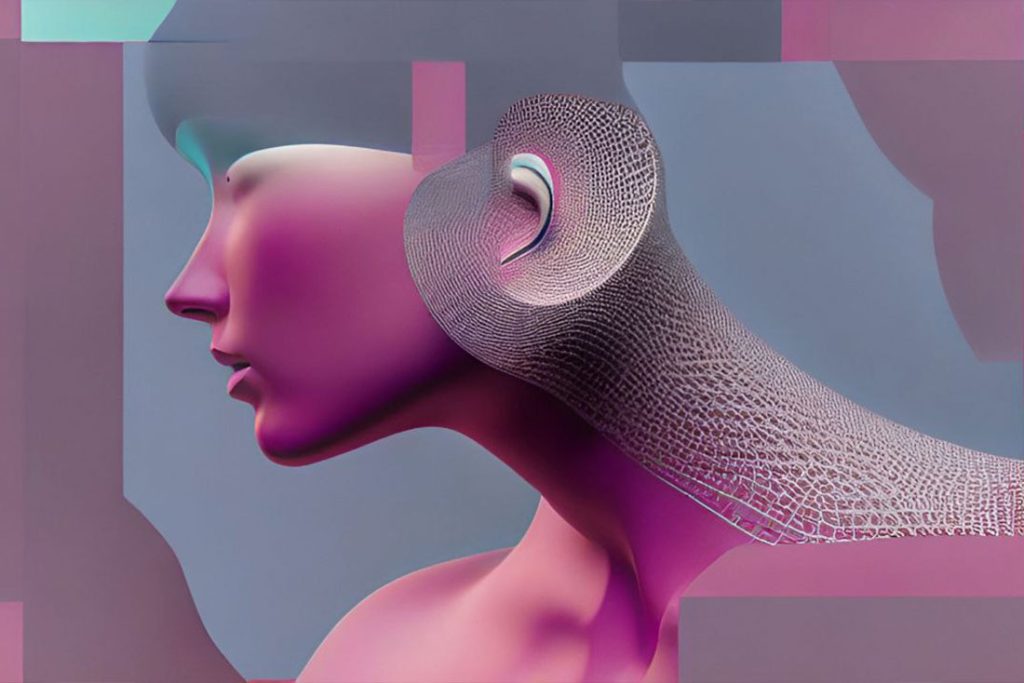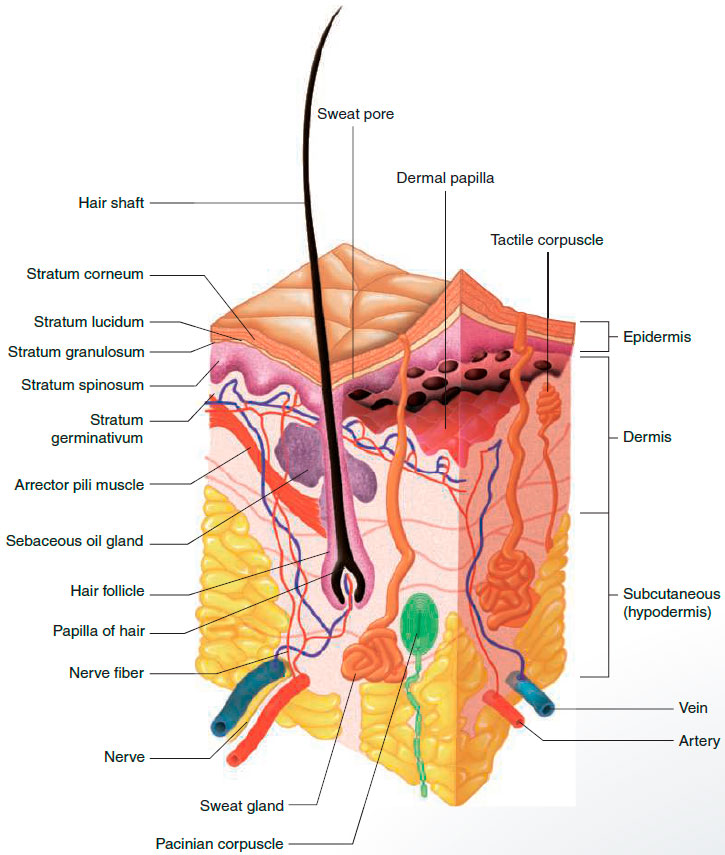Arrector Pili Muscles: The Mechanics Behind Goosebumps and Papillae
The human body is a marvel of intricate systems and structures, and one fascinating feature is the presence of arrector pili muscles. These small, involuntary muscles are associated with hair follicles and play a significant role in the phenomenon commonly known as goosebumps. This article explores the anatomy and function of arrector pili muscles, shedding light on the intriguing mechanism behind goosebumps and papillae.

Arrector Pili Muscles
Anatomy of Arrector Pili Muscles
Arrector pili muscles are narrow, band-like muscles that connect diagonally from the side of the hair follicle’s base to the uppermost layer of the dermis, the second layer of the skin. Key points about the anatomy of arrector pili muscles include:
- Location: Arrector pili muscles are found in association with nearly all hair follicles on the body, except for the palms of the hands and the soles of the feet.
- Muscle Fiber Arrangement: These muscles are composed of smooth muscle fibers, which are involuntary muscles that function without conscious control.
- Orientation: The arrector pili muscles run obliquely, forming an angle with the surface of the skin.
- Hair Follicle Attachment: At their base, the arrector pili muscles are attached to the connective tissue sheath surrounding the hair follicle.

Function of Arrector Pili Muscles
The primary function of arrector pili muscles is to control the positioning of hair follicles and contribute to thermoregulation. Key points about the function of arrector pili muscles include:
- Goosebumps: When the arrector pili muscles contract, they pull on the hair follicles, causing the hair shafts to become more upright. This contraction creates a characteristic dimpling of the skin surface, resulting in the appearance of goosebumps.
- Papillae Elevation: In addition to causing goosebumps, the contraction of arrector pili muscles also leads to the elevation of tiny structures called papillae. These papillae are located at the base of the hair follicles and are responsible for nourishing the growing hair.
- Thermoregulation: The contraction of arrector pili muscles helps in thermoregulation by trapping a layer of air between the skin surface and the erect hair shafts. This layer of trapped air acts as an insulating barrier, helping to conserve body heat.
- Emotional Response: Arrector pili muscles can also be activated by emotional stimuli, such as fear or excitement, resulting in the characteristic piloerection or “hair standing on end” response.
Arrector pili muscles are fascinating structures within the human body that contribute to various physiological processes. Their involuntary contractions create goosebumps, elevate papillae, assist in thermoregulation, and are involved in emotional responses. Understanding the anatomy and function of arrector pili muscles provides insights into the intricate mechanisms that occur within the skin and highlights the remarkable adaptability of the human body.











